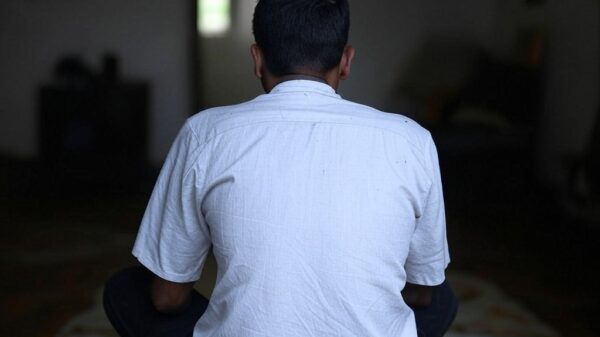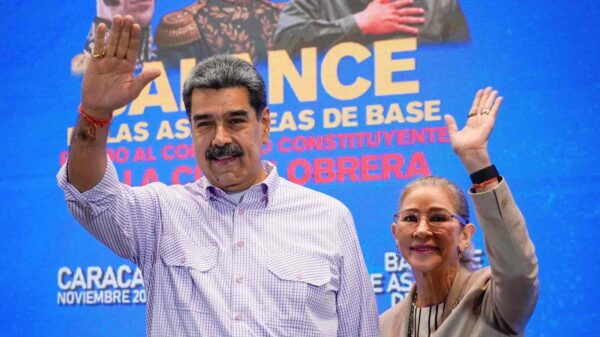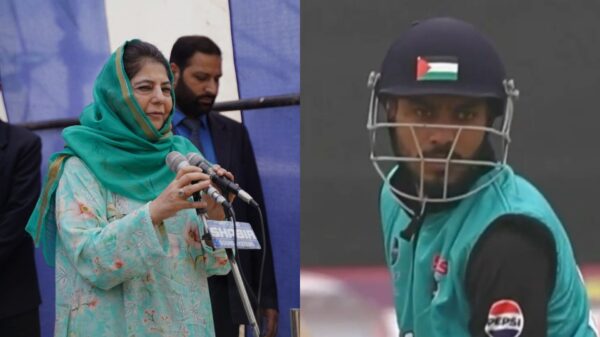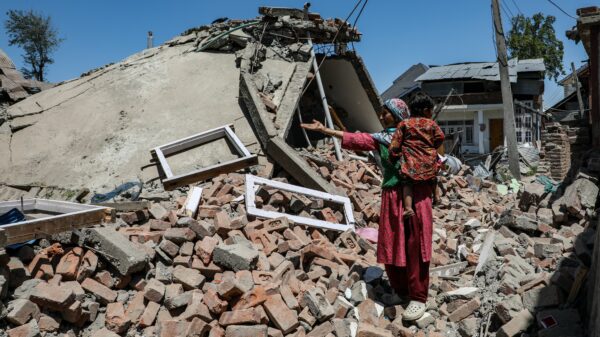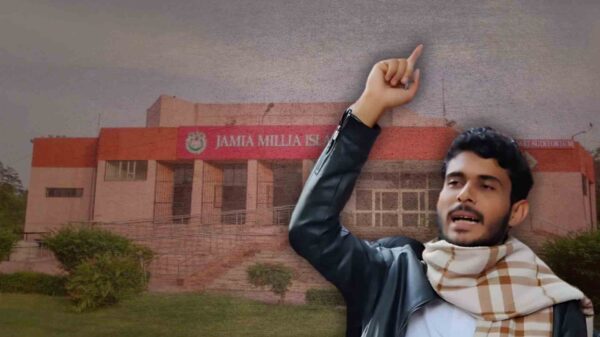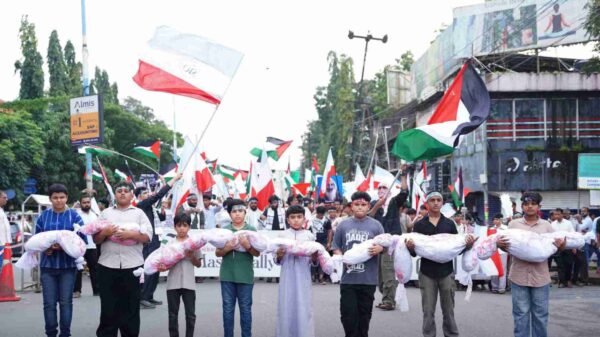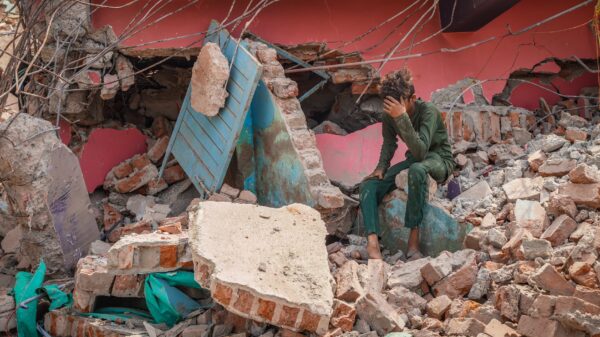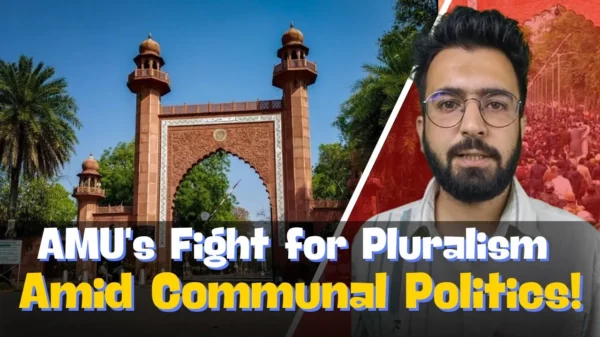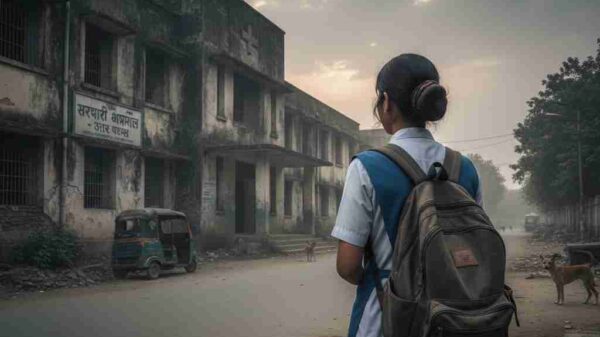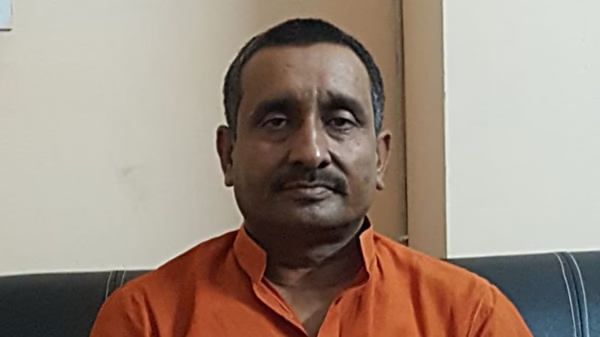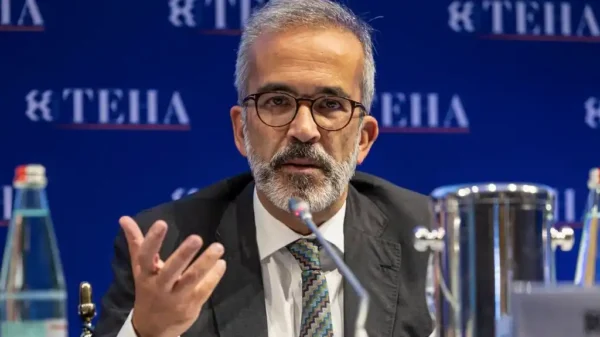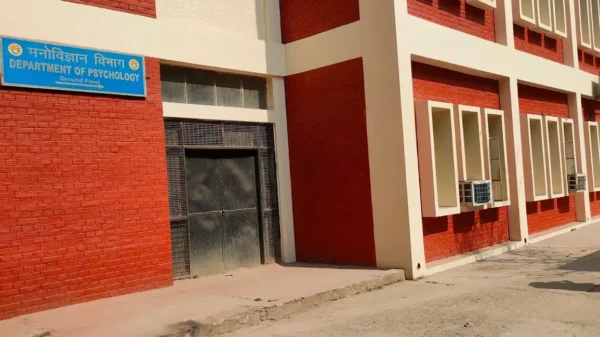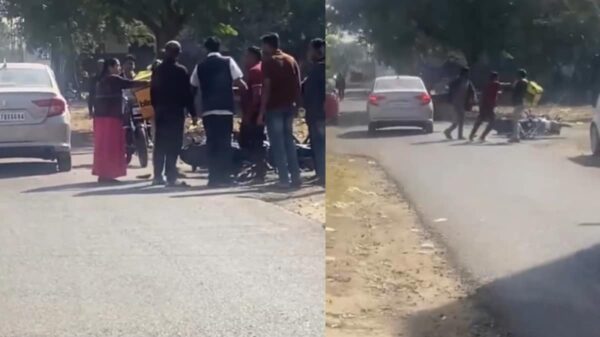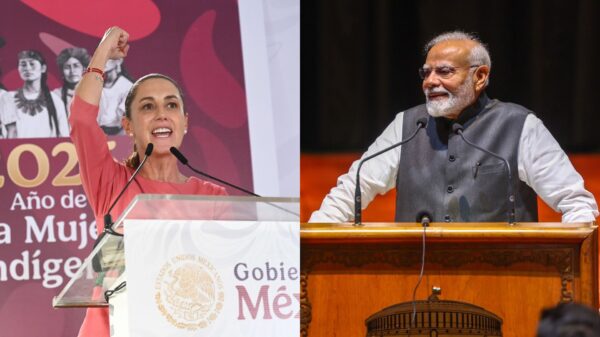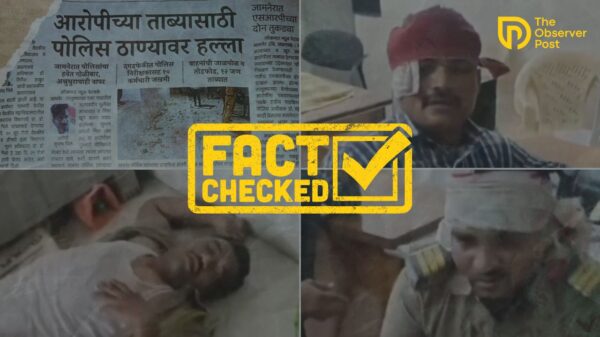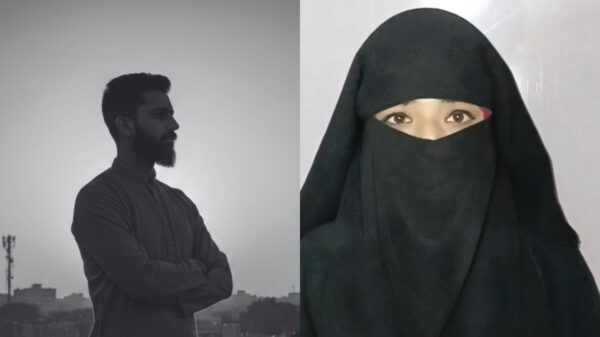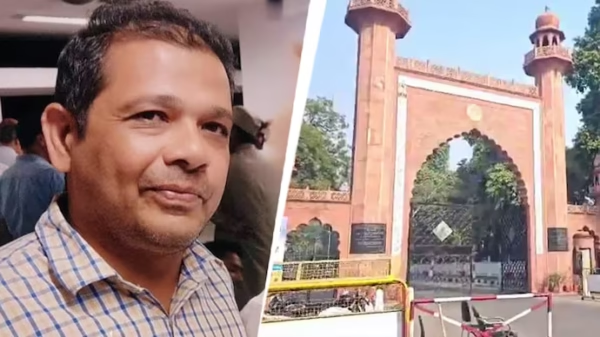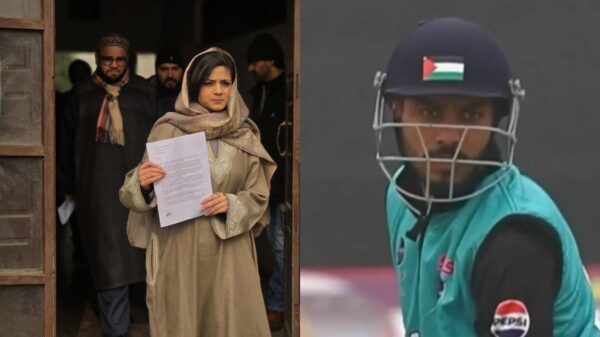Thousands of residents from Mumbai’s Dharavi slum are set to be relocated to the city’s Deonar landfill—one of India’s most toxic waste sites—under a controversial redevelopment plan backed by the Maharashtra government and the Adani Group.
The relocation, part of the ambitious Dharavi Redevelopment Project (DRP), was approved just a day before the state assembly election schedule was announced in October 2023. It aims to move between 50,000 to 1 lakh people into rental housing built on 124 acres of the landfill—land transferred to the state government by Mumbai’s civic body (BMC) in September 2024.
Deonar Landfill: A Methane Hotspot
Deonar is no ordinary dump yard. It’s one of Mumbai’s oldest and most active landfill sites, releasing 6,202 kg of methane every hour, according to a 2024 report by the Central Pollution Control Board (CPCB). The site ranks among India’s top 22 methane-emitting zones. It also continues to release leachate—highly toxic liquid waste—into the soil and surrounding groundwater.
Despite these hazards, no Environmental Impact Assessment (EIA) has been conducted. Officials from the Maharashtra Pollution Control Board and Slum Rehabilitation Authority confirm that no clearance was sought before designating the site for housing.
Violation of Green Norms
CPCB guidelines explicitly prohibit housing, hospitals, or schools within 100 metres of even a closed landfill. In Deonar’s case, the site remains operational. Yet, housing is being planned within 50 metres of two upcoming industrial units—a Waste-to-Energy plant and a bio-CNG plant. Union housing rules advise a 300 to 500-metre buffer from such facilities.
Environmental experts and residents’ groups have raised red flags. They warn the relocation could expose thousands to severe health risks, from respiratory diseases to groundwater contamination

Who Gets to Stay in Dharavi?
Under the DRP, residents have been divided into two categories: “eligible” and “ineligible.” About 1.5 lakh families deemed eligible will be resettled within Dharavi. The rest—those classified as ineligible—are being shifted to areas like Kurla, Wadala, and now, Deonar.
The project is being executed by Navbharat Mega Developers Pvt Ltd (formerly Dharavi Redevelopment Project Pvt Ltd), a joint venture in which Adani Properties holds an 80% stake. The remaining 20% is owned by the Maharashtra government’s Slum Rehabilitation Authority.
Read more: Adani Group Allegedly Bribed Jammu & Kashmir Officials Over Solar Contracts
Land Shortage or Misplaced Priorities?
Senior IAS officer and DRP CEO SVR Srinivas defended the Deonar plan, citing Mumbai’s chronic land shortage. However, he acknowledged the environmental challenges. Responsibility for cleaning up the landfill remains unclear. While project developers have asked BMC to handle the remediation, the civic body insists the land was transferred “as-is.”
Meanwhile, pressure is mounting on the government to reconsider. Critics have argued the state has alternative options—including 256 acres of salt pan land in Mulund, Kanjurmarg, and Bhandup—recently cleared for development.
Is Dharavi Project: A Safer Bet?

These salt pan plots, according to officials, were decommissioned over a decade ago and are no longer classified as ecologically sensitive. The DRP plans to use this land to house “ineligible” slum dwellers in safer conditions.
“The sea hasn’t touched these plots since the Eastern Express Highway came up,” Srinivas said, adding that environmental clearances will be secured before construction begins.
The use of salt pan land aligns with Mumbai’s Development Plan 2034, which earmarks such land for affordable housing. Still, questions remain over why toxic landfill sites are even being considered.
City’s Most Vulnerable at Risk
As redevelopment efforts gather pace, construction is expected to begin by late 2025. The plan is to complete resettlement within seven years. Over 89,000 structures have already been surveyed, and more than 95,000 tenements have been marked for rehabilitation.
But relocating tens of thousands to a live landfill raises serious ethical and public health concerns. While the government and private players push ahead, critics warn that Mumbai’s most vulnerable citizens are being forced to pay the price for redevelopment.







